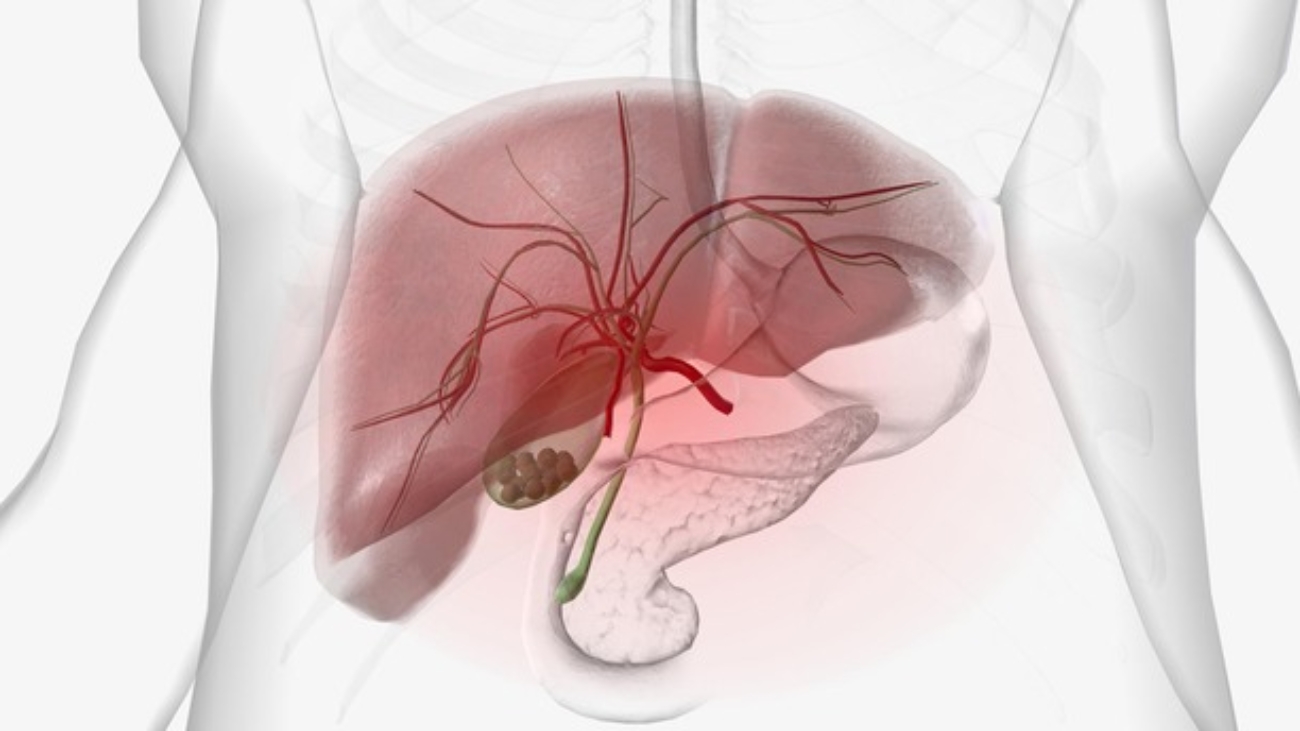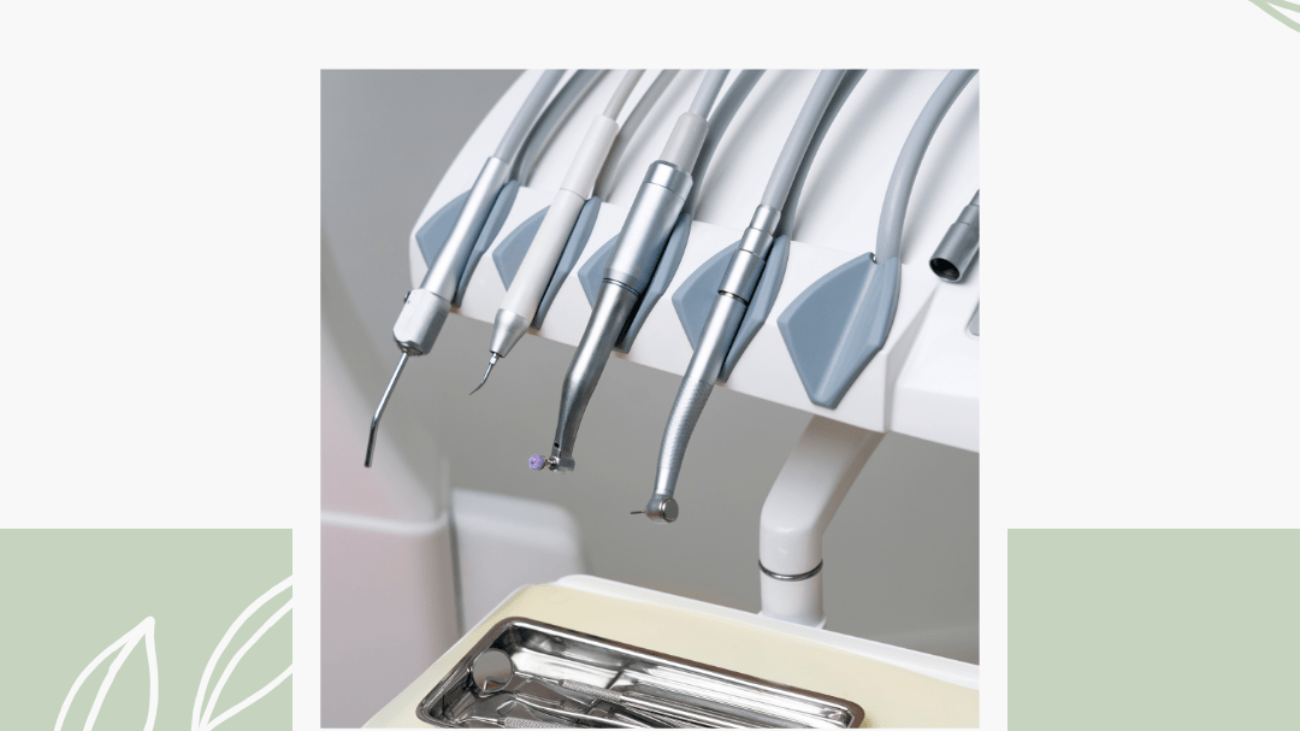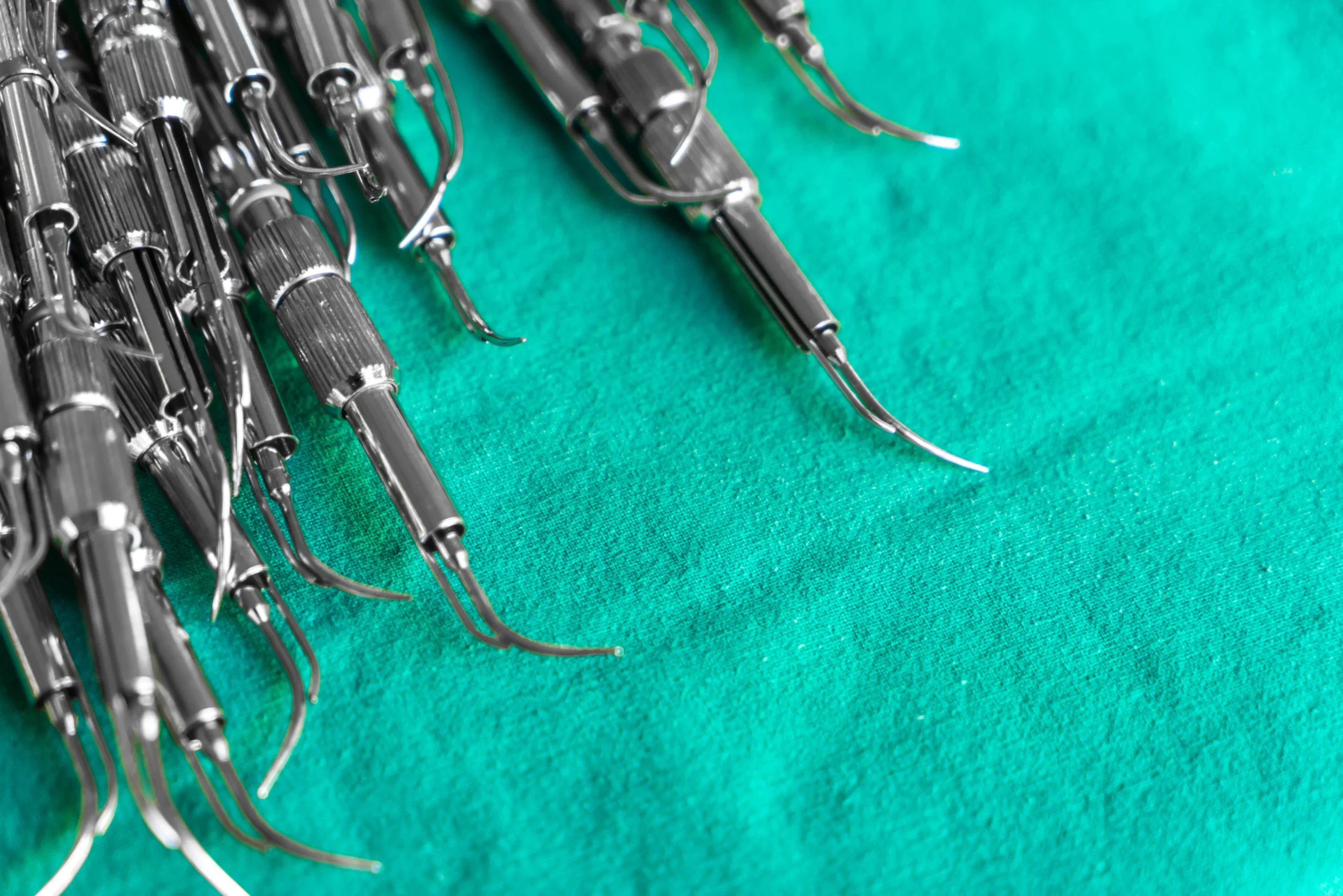Gallstones: How Large Does It Need Surgery? A Complete Review of Causes, Symptoms, and Treatments
Gallstones are a common problem in the human digestive system that affects many people every year. These stones are usually made up of cholesterol, bile salts, and calcium, and can range in size from small grains of sand to stones the size of a golf ball. However, most people are unaware that they have gallstones until they experience pain or other obvious symptoms.
But the real question is: How big of a gallstone does it need to be surgically removed? The answer to this question is more complicated than it seems and depends on several factors, such as the size of the stone, the person’s health, and the severity of their symptoms. In this article, we aim to provide a comprehensive overview of the symptoms, treatment options, and surgical options for gallstones.
What are gallstones and how do they form?
The gallbladder is a small, sac-like organ located under the liver that stores bile. Bile is a digestive fluid that helps the body break down and absorb fats. But sometimes, compounds in bile build up and crystallize into gallstones due to changes in the body’s chemical balance.
These stones may develop without any symptoms and remain in a “silent” state. However, in some cases, stones can cause serious problems such as bile duct blockage, gallbladder inflammation, or even infection in the body. In such cases, medical intervention is necessary.
Gallstone size and its importance in deciding whether to have surgery
Gallstones come in different sizes, and their size can potentially determine the treatment. To determine whether gallstones require surgery, doctors consider three factors:
1. Gallstone size
- Stones smaller than 1 centimeter usually do not pose a serious risk unless they cause blockage or produce specific symptoms.
- Larger stones (2 centimeters or larger) usually have a higher potential to cause problems. These stones may block the bile duct and, if left untreated, can lead to serious complications such as gallbladder infection or inflammation.
2. Number of stones
- Having one small stone may not be very dangerous, but having many stones of different sizes increases the risk of complications.
3. Location of the stone
- Stones in the bile ducts, even if small, can block the flow of bile and cause painful symptoms. These cases often require surgery or immediate intervention.
Symptoms of gallstones that indicate the need for serious treatment
One of the most important factors in determining whether surgery is needed is the presence of symptoms. Many gallstones have no symptoms and may be discovered incidentally during an imaging test such as an ultrasound. However, in cases where the stones are causing serious problems, the following symptoms may appear:
- Severe pain in the upper or right abdomen: This pain usually worsens after fatty meals and radiates to the back or shoulders.
- Bloating and indigestion: Gallstones may interfere with the normal flow of bile and cause indigestion.
- Fever and chills: If the stone causes an infection, fever and chills may be observed.
- Yellowing of the skin or eyes: Yellowing of the skin indicates a blockage in the bile duct and requires immediate treatment.
If you experience any of these symptoms, you should see a doctor. Painful symptoms or digestive problems could indicate that gallstones are not only present, but are causing a serious problem.
Gallstone treatment options
Some stones do not require surgery and can be managed conservatively. The main treatments for gallstones include:
1. Non-surgical methods
- Healthy lifestyle: Changes in diet can help control stones and prevent future problems. Reducing your intake of fatty foods is one of the best measures.
- Stone-dissolving medications: In certain cases, doctors prescribe medications that gradually dissolve gallstones. This method is more effective for small stones.
- Lithotripsy (shock therapy): This procedure uses sound waves to break up stones, but it is not suitable for all patients.
2. Surgery (cholecystectomy)
- If the stones are large, or if serious symptoms occur, surgery to remove the gallbladder will be necessary.
- Laparoscopic surgery: A minimally invasive procedure that uses a few small incisions in the abdomen. This method is usually faster and less risky.
- Open surgery: If the stones are very large or the patient has a severe infection, open surgery may be needed.
How to prevent gallstones?
Prevention is always better than cure. To reduce your risk of gallstones, consider the following recommendations:
- Eat a healthy, low-fat diet.
- Eat regular meals and avoid prolonged hunger.
- Get regular physical activity.
- Keep your weight within a healthy range.
Conclusion
The size of the gallstone is only one factor in deciding whether to treat or have surgery with a scalpel. Stones that are larger than 2 centimeters or that are causing severe symptoms and complications usually require surgery. However, smaller stones may be managed with conservative methods or lifestyle changes.
If you or a loved one has gallstones, it is best to see a doctor as soon as possible so that the best treatment decision can be made for you by performing the necessary tests, such as an ultrasound or CT scan.















